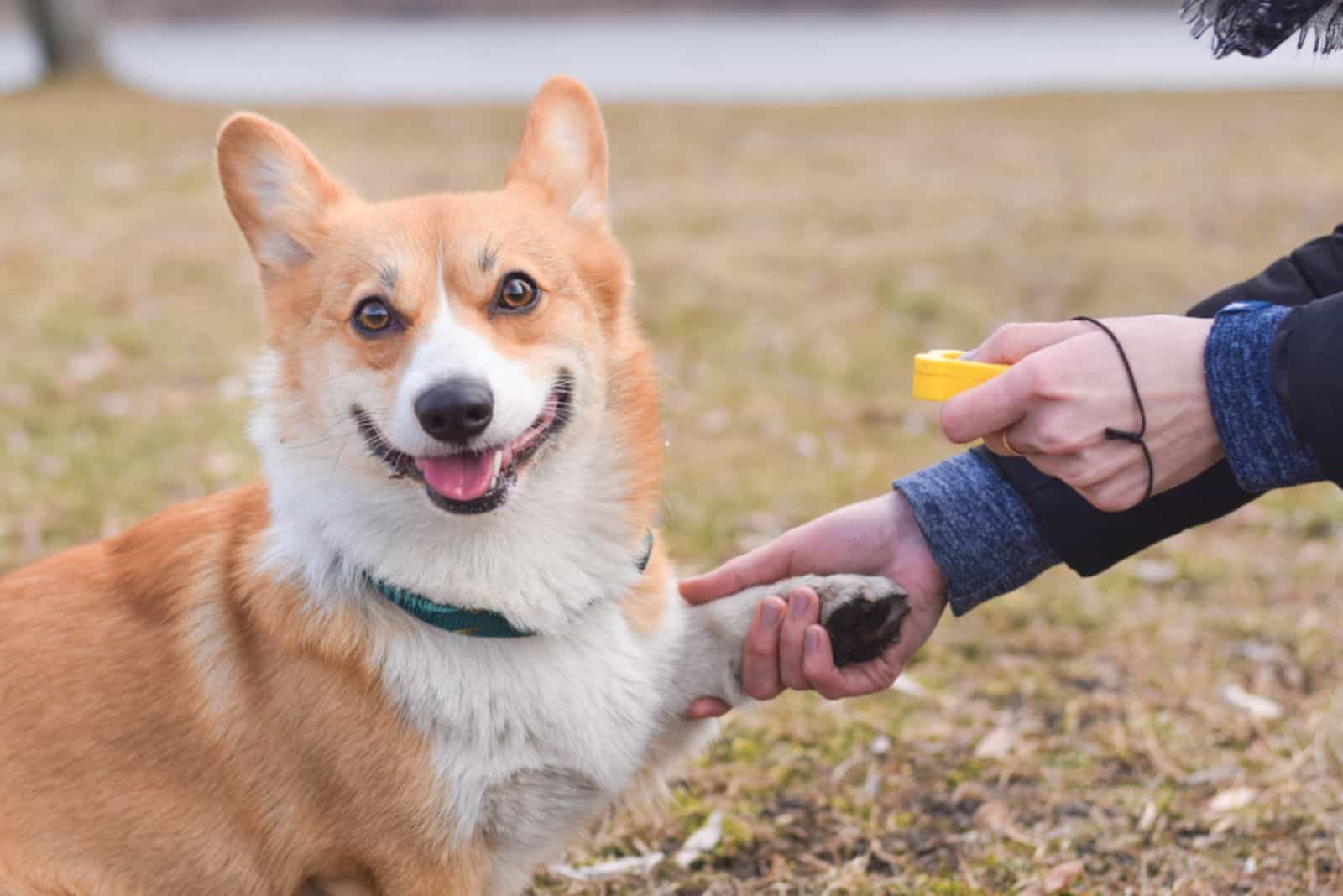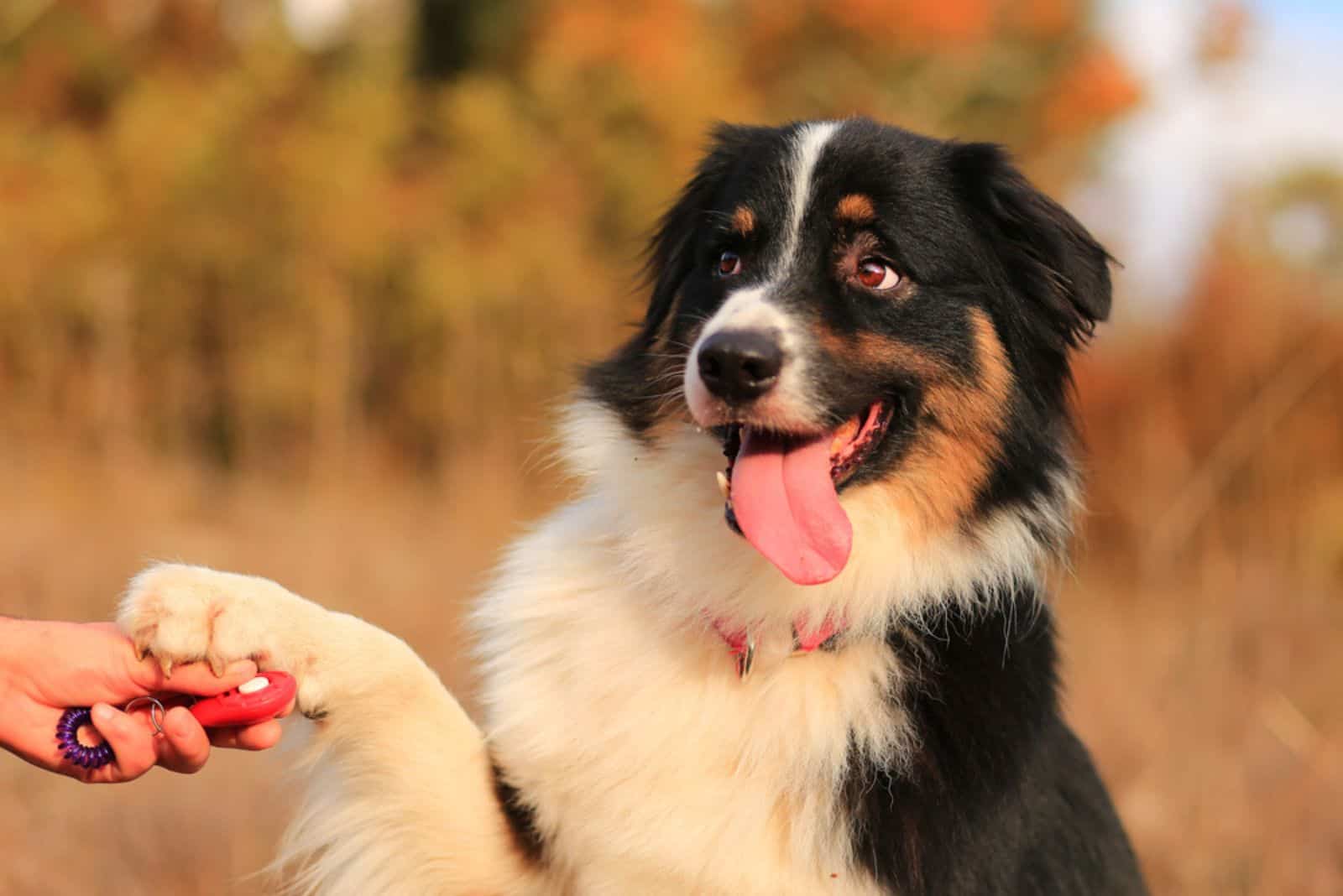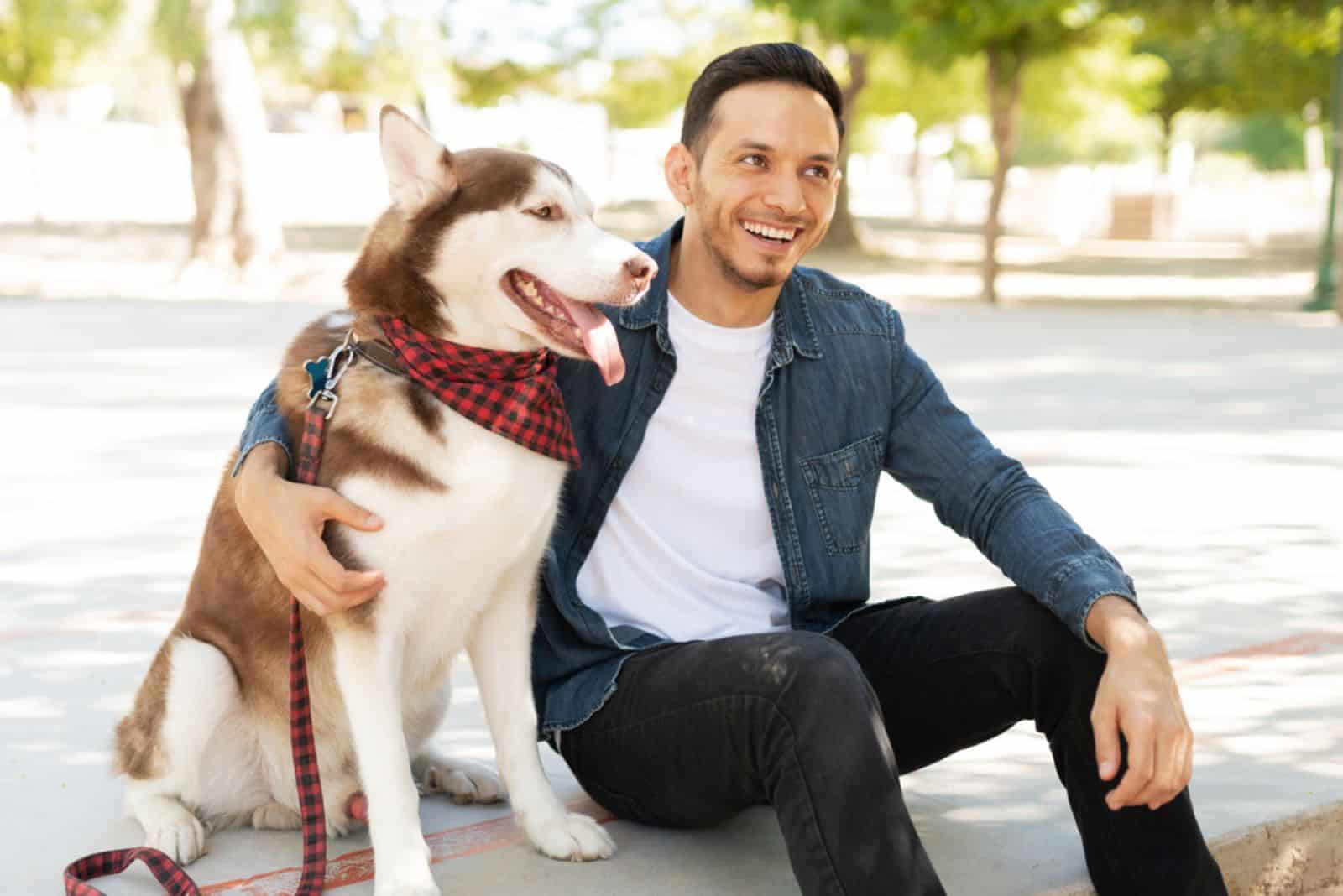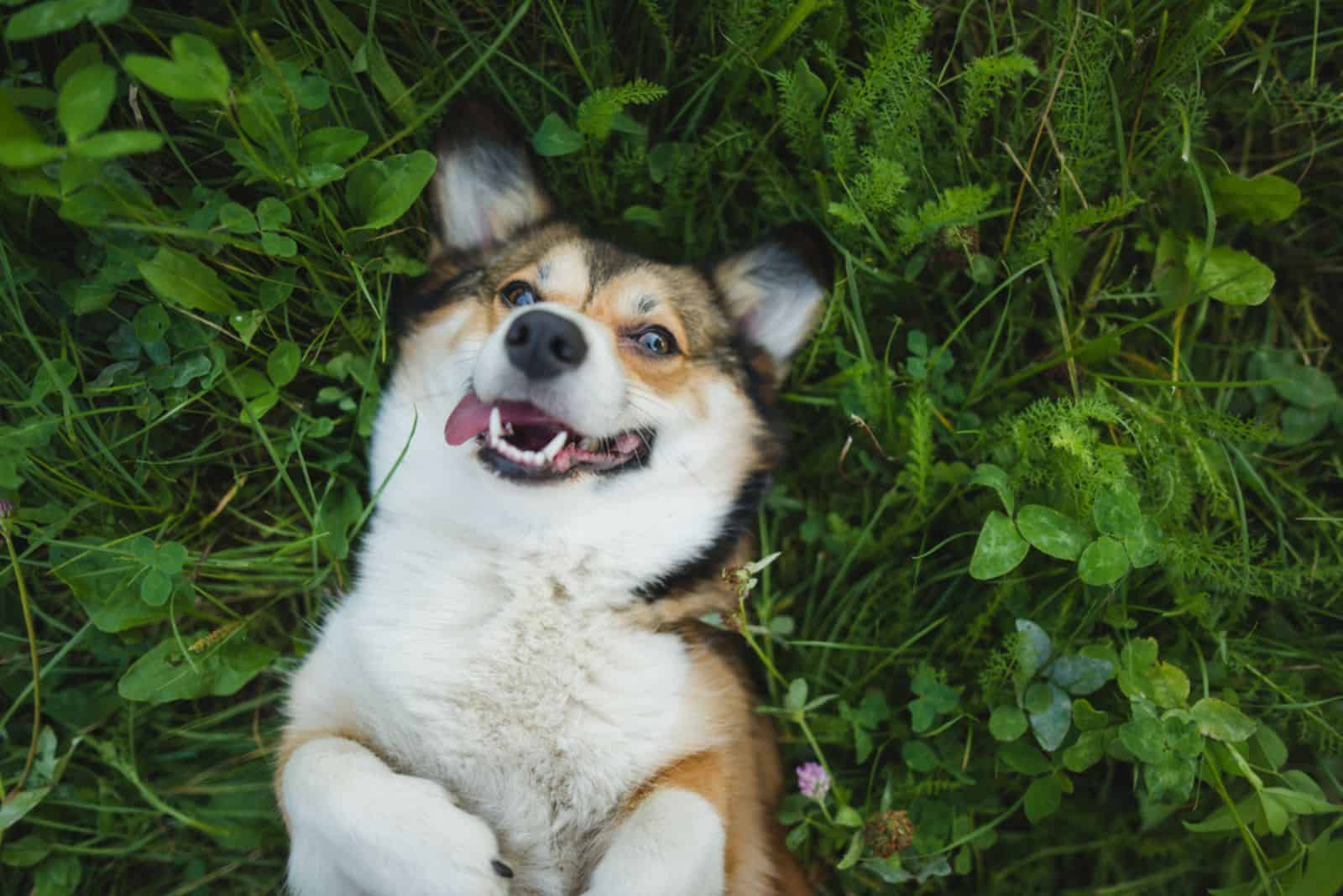Yes, this is possible! But, how do you teach a dog to smile when they don’t smile naturally?
We have different canine smiles, but they’re all reactions to certain situations, like grins, showing teeth, and growling. Those are bad smiles.
We want the good ones!
Surprisingly, there are only three short lessons on teaching a dog to smile, and I believe you’ll master them all in no time!
How To Teach A Dog To Smile
Teaching a dog to smile isn’t as ambitious or as unbelievable as it may seem. Dogs smile, too, and teaching them to smile on a cue can be pretty simple. Of course, your dog will need a fair share of training, but everything can be achieved with practice.
Before we go into details about dog smiles and how to capture them, you should know a few things.
For starters, the lessons should be really short, like five to ten minutes a day. It may seem like this is not enough, but anything over ten minutes will be tiring for your dog. Incorporate those lessons into your playtime so the dog associates them with something fun.
No dog will sit down and listen to you politely before you meet his needs first. And, a dog’s needs are to exercise and having fun with his owner.
It would be ideal if you two could exercise in the park shortly after playing together. But, this only works for dogs with a strong attention span… those that don’t get distracted easily.
If you notice your dog is having issues catching up with you, always stop and adjust the tempo of the lesson for him. Break down the lessons even more if it’s needed!
Lastly, always end a lesson with something positive like a reward. You can simply ask your dog to sit, and reward him with a treat, and say “good boy” or girl. The next time you grab the clicker and start teaching, he’ll know something good will come out of it, so he’ll listen to you better than before.
Introducing The Clicker

How about we start the training already? I’m sure you’re excited to see your dog’s pearly whites smiling at you.
Every training starts with gathering the necessary items. For this one, you’ll need just the clicker and some delicious treats. Treat bags are pretty useful because your dog can’t steal them when you’re not looking.
In most cases, the smile command is introduced after the dog is under a fair share of training lessons. You must ensure an obedient dog before you start teaching tricks.
In case you were using the clicker in your first lessons, this will be easy for your dog. He already knows what the clicker means, and what it brings along.
Those dogs that don’t are about to find out that the clicking sound means treats.
Basically, you’ll take the treat in one hand, click the clicker, and give your dog the treat. Once you repeat this a couple of times, your dog will understand that the clicking noise is super welcome and something positive.
Capturing The Right Behavior

Now, it’s time to introduce your dog to the new lesson. You can’t keep on clicking and feeding him treats forever. It’s time to smile!
But, how do you get a dog to do that? It’s not that they understand what smiling means.
A dog smiles in a couple of different ways, but the only positive smile is when something pleases him. It can be belly rubs or tummy scratches, even tickling! Usually, a light tickle on the dog’s whiskers (yes, dogs have whiskers), will make him lift his lips and smile.
This is how I taught my dog how to smile. It did take a lot of repetition, and he eventually understood his task.
What you should do is grab the clicker and the treat. Tickle your dog’s cheek whiskers to make him lift his lips. Once the lips are up, click the clicker and give him the treat. Make a whole ceremony out of it so your dog thinks he’s doing something really important.
Basically, every dog training lesson should be covered with lots of positive reinforcement, high-pitched sounds, and excitement. Show your dog you’re equally excited for his progress as he is.
Always maintain eye contact. If your dog’s focus wanders off, bring him back. They can’t learn if there’s a squirrel running behind your back.
Your clicker timing should be precise. If you’re too late or too early, your dog won’t know what he’s getting a treat for or what to do the next time he hears the clicker.
Replacing Physical With Verbal Cues

The whole point of this training is to teach your dog to smile on command. Physical cues aren’t commands. They just help our dogs figure out what we need. The real art of training is making the dog react to our verbal cues.
Success rarely comes overnight, so you’ll have to practice really hard if you want your dog to react to verbal commands.
Once the dog figures out that raising his lips brings him treats, he will start doing it on his own.
What you need to do in this lesson is pick a command you want to imprint on him, like “smile” or “cheese”.
Grab the clicker and the treat. Say your cue word and tickle your dog’s whiskers. Once the lips are up, click the clicker and give him the treat. Repeat this a bunch of times throughout the following days.
When you feel your dog is ready, remove the tickling part and just use the cue word. You’ll work out from there and see if your dog reacts to the command.
The tickling part can be a brief touch or tickling for a few moments. When you see your dog raise his lips within a second or two, you should try just reaching out to his whiskers – not touching them.
By the time you just raise your hand towards him, he will raise his lips, smile, and be ready to complete this training.
To Sum Up…
The question isn’t how to teach a dog to smile anymore. The real question now is when do you teach a dog to smile?
Sooner or later, you will wish to see your dog smile, as we all associate that to something pawsitive. Don’t worry – you guys will figure this out together.
Smiling isn’t hard. With a lot of treats and some hard work, your pup will be walking around, showing everyone his best smile!
